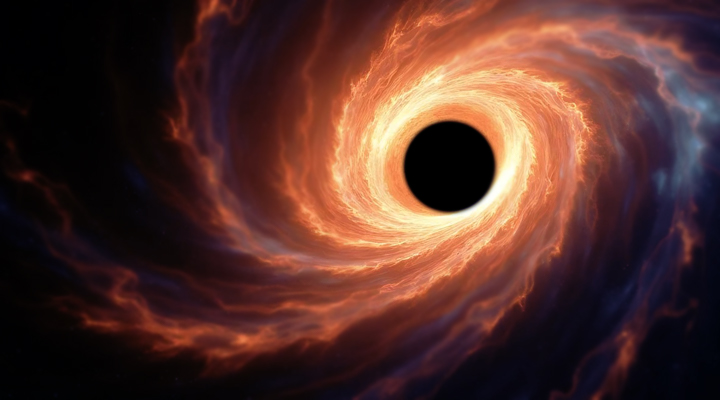An international group of astronomers has announced the identification of an interstellar tunnel, a structure made of hot plasma that stretches across hundreds of light-years. This phenomenon, located within our galaxy, has sparked new hopes for the study of the interstellar medium and for understanding the dynamics that govern our cosmic neighborhood.
The discovered interstellar tunnel is a kind of “galactic highway” that connects the Solar System to other regions of the Milky Way, including the denser areas of the Centaurus constellation. It is a structure composed of ionized gas, the result of ancient supernova explosions. These catastrophic events created cavities in the interstellar medium, shaping it into channels through which plasma moves, giving rise to these imposing formations.
The discovery was announced by a team from the Max Planck Institute, who used the eROSITA X-ray telescope to observe details that were previously inaccessible. The data collected allowed them to create a three-dimensional map of our galactic neighborhood, revealing an interconnected network of bubbles and tunnels surrounding the Solar System.
The Solar System is immersed in the so-called “Local Hot Bubble,” a region of rarefied gas at high temperature that extends for about 300 light-years. This bubble formed from a series of supernovae that exploded millions of years ago, clearing the surrounding space of denser particles, leaving behind an empty but hot zone.
The recently discovered tunnel appears to be an extension of this bubble, connecting it to a nearby superbubble called Loop I. This connection could provide clues about the distribution of interstellar gas in the Milky Way and the role these connections play in the dynamics of galaxies.
The detection of an interstellar tunnel is not only an astronomical wonder but also represents a discovery with profound scientific implications. These channels could act as conduits for the transfer of energy and matter between different regions of the galaxy, influencing the life cycle of stars and the distribution of cosmic resources such as gas and dust.
Furthermore, the newly identified structure confirms that the interstellar medium is not static or uniform, but rather a complex network of regions with varying densities. This alters our understanding of large-scale interactions, providing a more dynamic and interconnected picture of the Milky Way.







